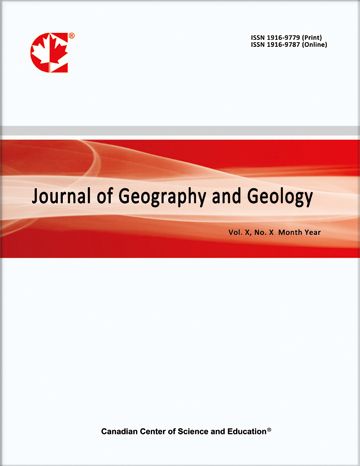Seasonal Regulation Mechanisms of Urban Parks on Land Surface Temperature: A Case Study of the Built-up Area in Xi’an City
- Qi Wu
Abstract
As a consequence of the dual challenges of global warming and increasingly frequent extreme heatwaves, the Urban Heat Island (UHI) effect has become a major threat to urban ecological environments and the quality of life in densely built-up areas. Heat risk (HR) poses significant challenges to public health and urban resilience. As nature-based solutions, urban parks play an important role in mitigating HR and enhancing urban adaptability. This study examines 45 urban parks of various types within Xi’an’s built-up area, integrating multi-source remote sensing data and machine learning approaches to evaluate their regulatory effects on land surface temperature (LST), capacity to alleviate summer HR, and the underlying mechanisms driving these effects. The results reveal that: (1) The cooling effects of urban parks in Xi’an exhibit marked seasonal variation, with the greatest cooling intensity and spatial extent of influence (typically within a 100–200 m radius) occurring in summer; (2) Ecological and comprehensive parks, characterized by abundant vegetation and integrated water features, exhibit year-round regulatory capacity, whereas community, recreational, and cultural heritage parks, predominantly composed of deciduous vegetation, demonstrate limited cooling effects during winter; and (3) The Normalized Difference Water Index (NDWI) exerts a greater cooling influence in high-LST areas than the Normalized Difference Vegetation Index (NDVI), highlighting the synergistic role of water and vegetation in enhancing park cooling efficacy. This study highlights the essential function of urban green spaces in sustainable urban development and offers scientific evidence and practical guidance for improving urban planning and optimizing the configuration of green and water elements.
- Full Text:
 PDF
PDF
- DOI:10.5539/jgg.v17n1p65
Journal Metrics
(The data was calculated based on Google Scholar Citations)
Google-based Impact Factor (2018): 11.90
h-index (January 2018): 17
i10-index (January 2018): 36
h5-index (January 2018): 13
h5-median(January 2018): 15
Index
- BASE (Bielefeld Academic Search Engine)
- Bibliography and Index of Geology
- CiteFactor
- CNKI Scholar
- Educational Research Abstracts
- Excellence in Research for Australia (ERA)
- GeoRef
- Google Scholar
- LOCKSS
- NewJour
- Norwegian Centre for Research Data (NSD)
- Open J-Gate
- PKP Open Archives Harvester
- SHERPA/RoMEO
- Standard Periodical Directory
- Ulrich's
- Universe Digital Library
- WorldCat
Contact
- Lesley LuoEditorial Assistant
- jgg@ccsenet.org
